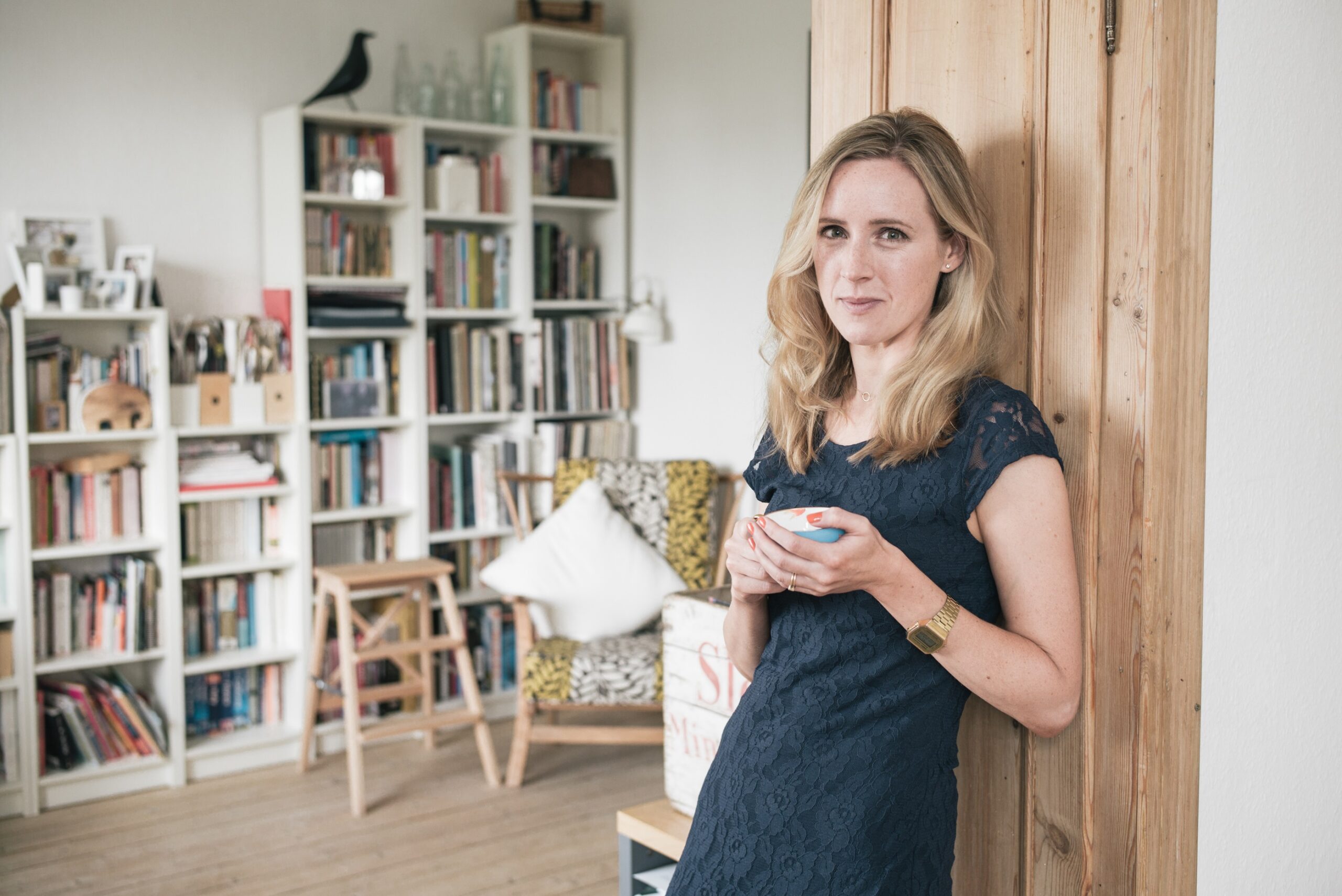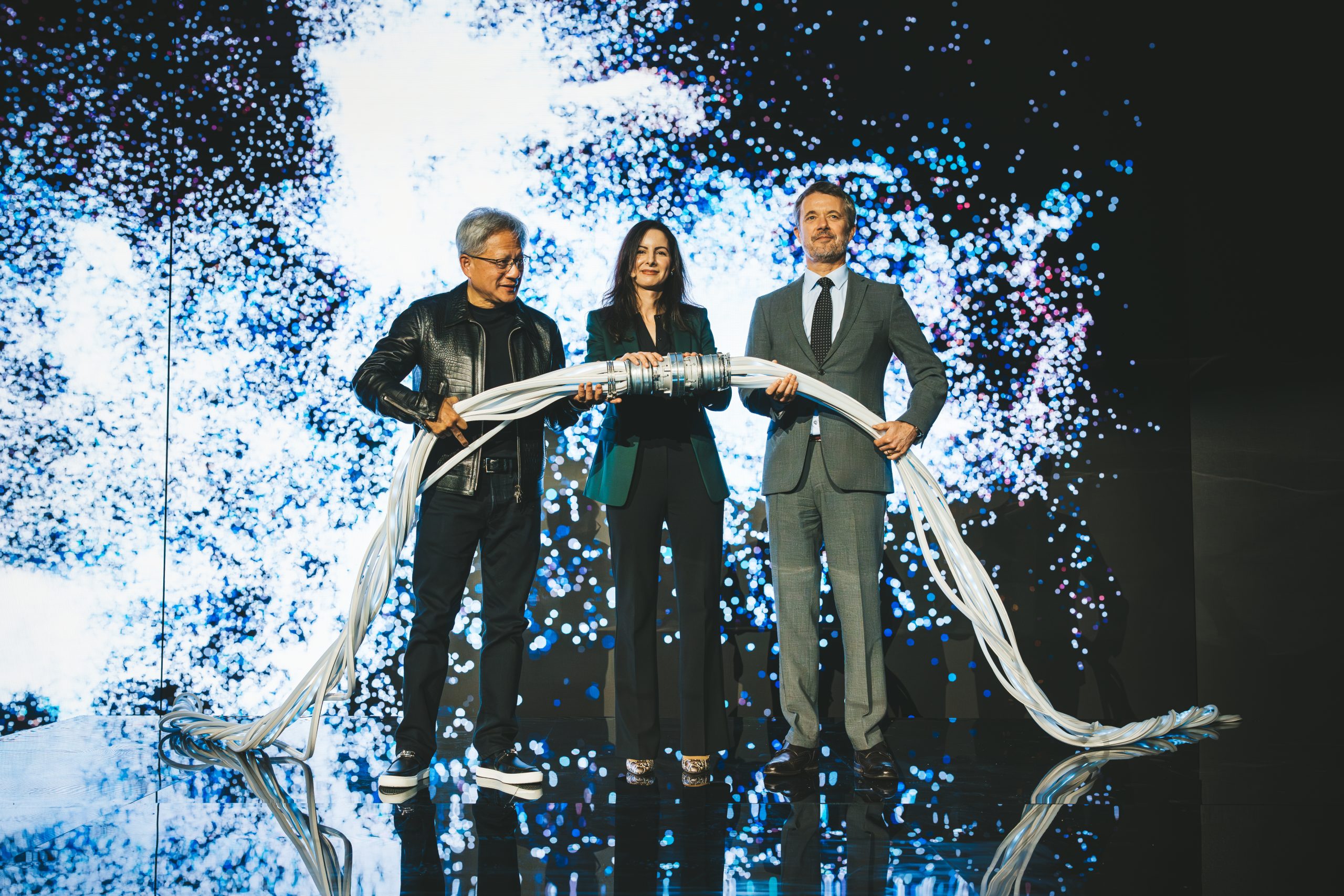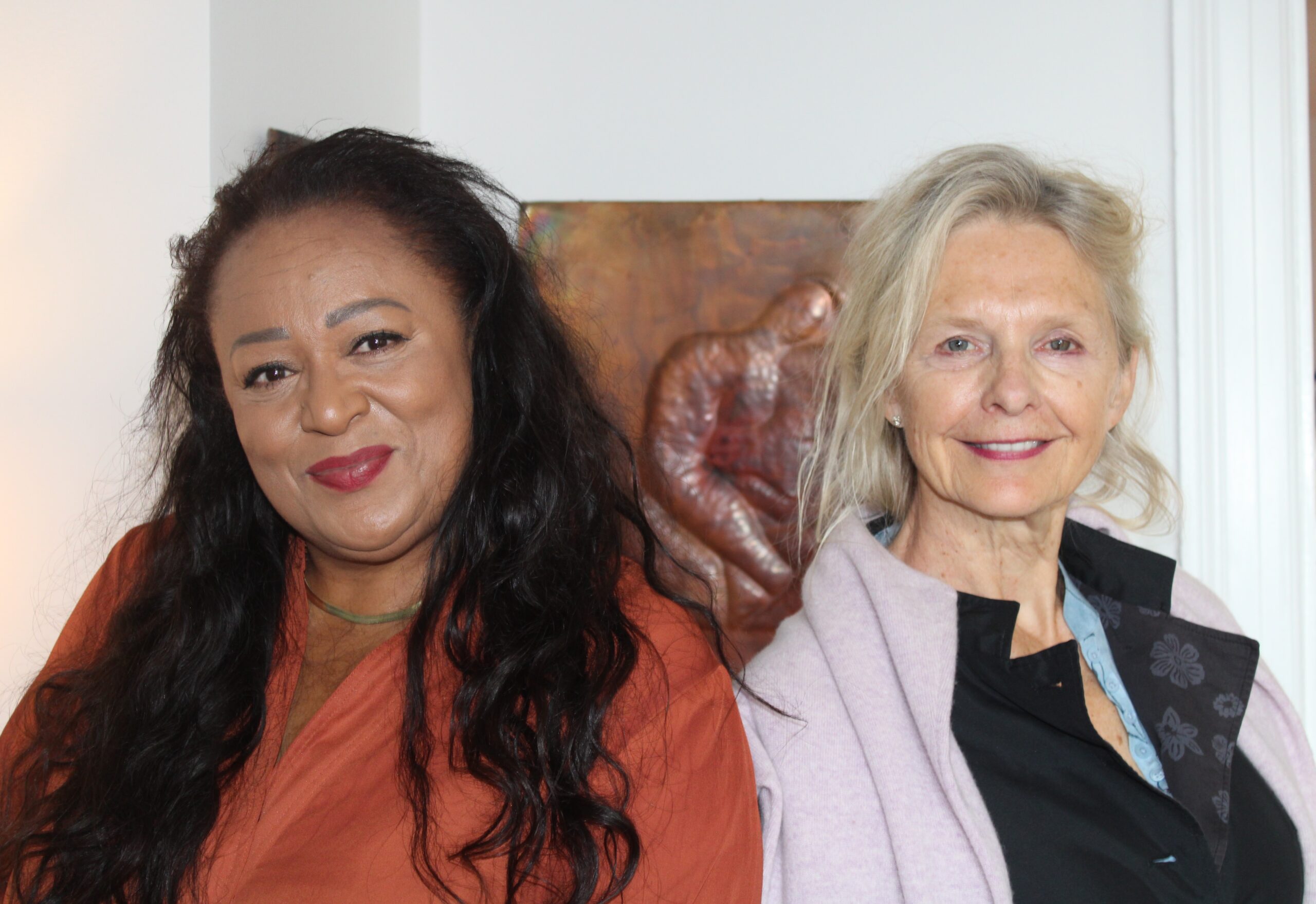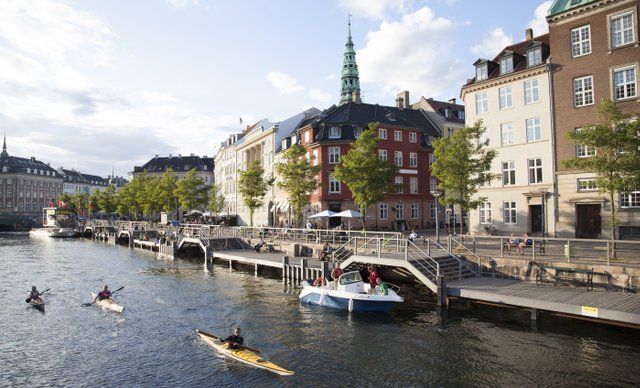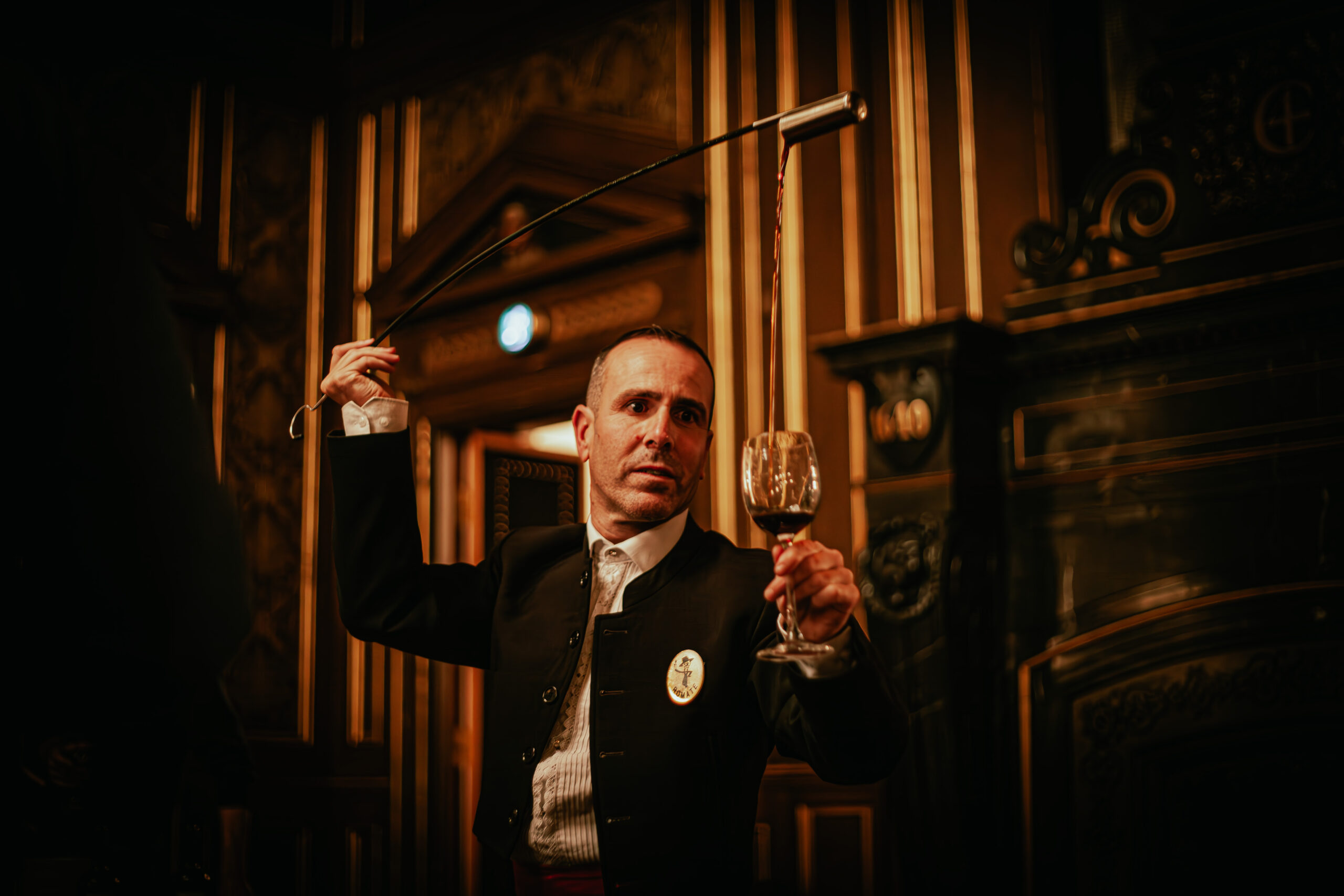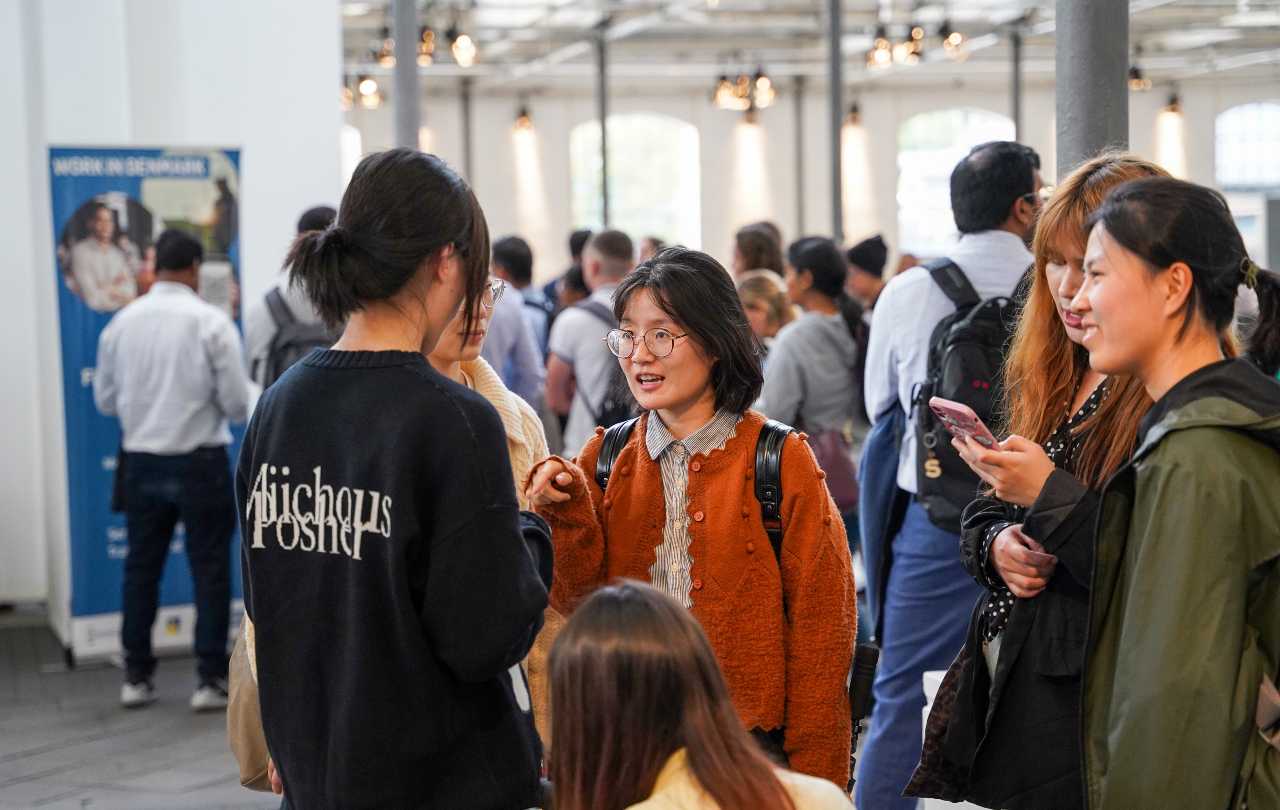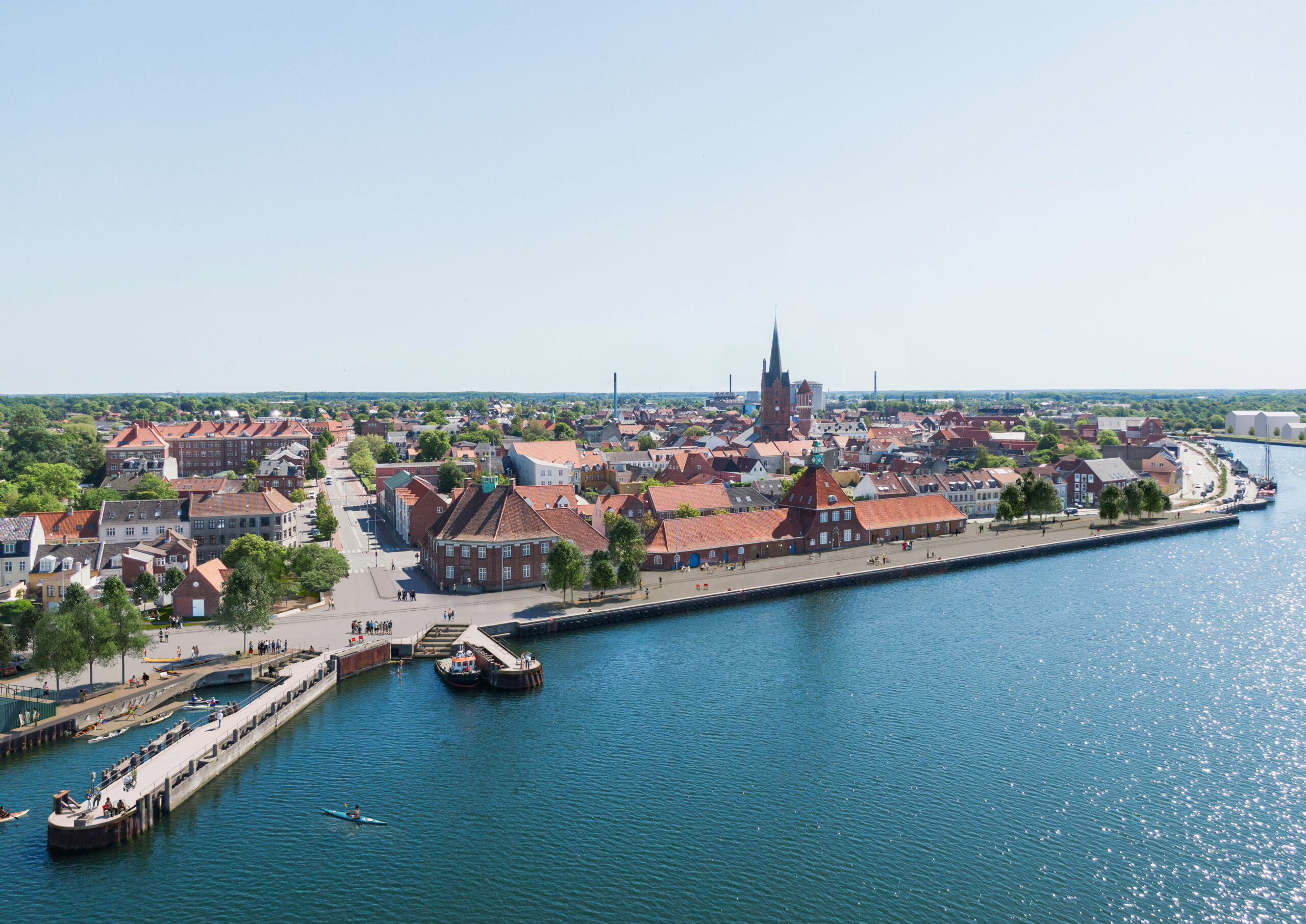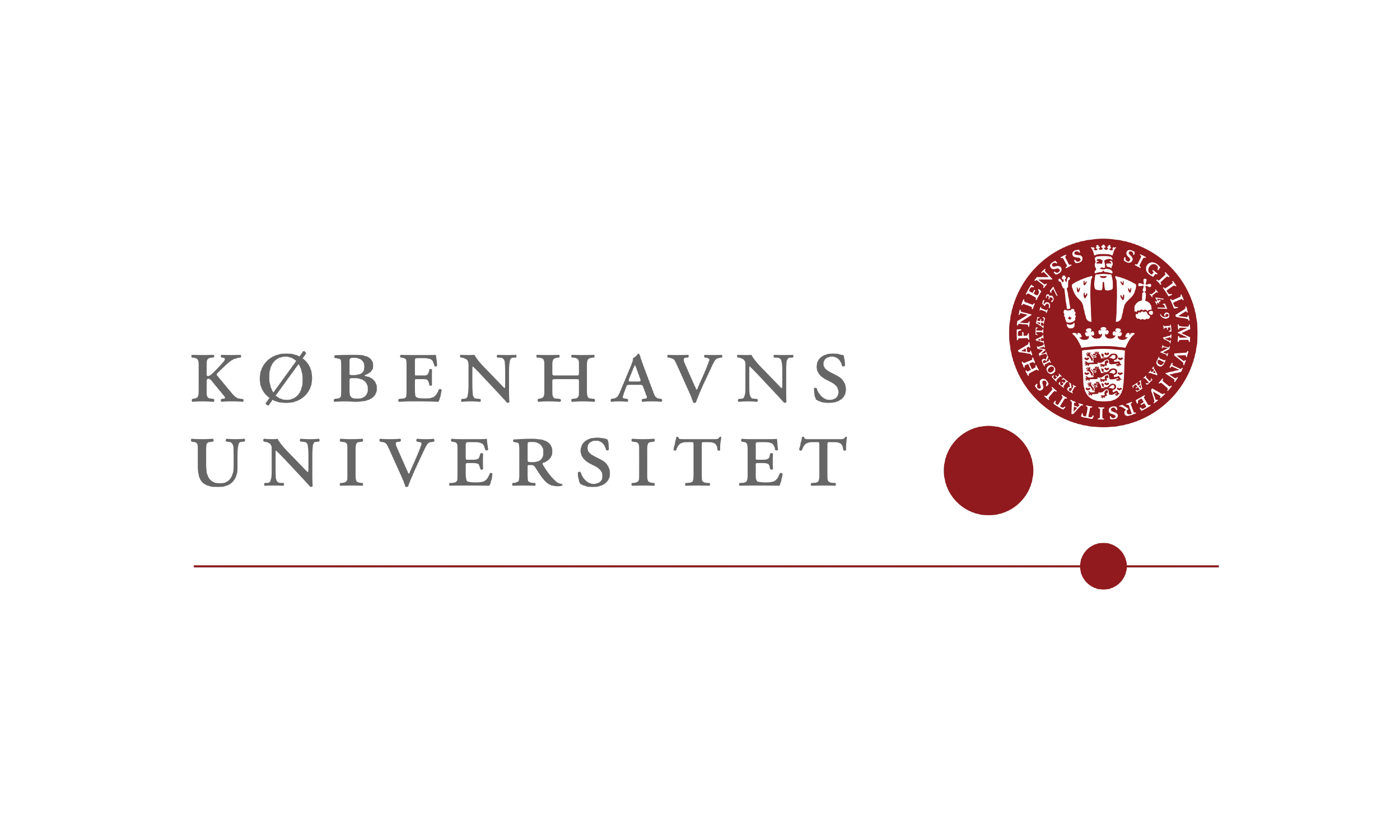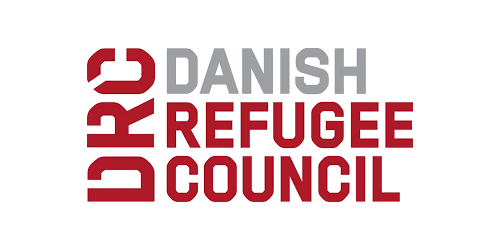A movie review on children’s TV is shown at 5 pm in which a ten-year-old girl kills six adults, one of them by removing a leg. If you’re shaking your head and muttering “only in Denmark” then you’re probably not the only one. There’s a huge difference between the sort of programs Danes make for their kids, and children’s TV in other parts of the world.
DR’s new children’s TV channel for 3-10 year-olds, DR Ramasjang, has taken the nation by storm. Since launching in November 2009 it’s become the most popular children’s TV channel in Denmark with an audience share twice the size of other major channels such as Cartoon Network.
That it’s been such a success is somewhat of a surprise. DR had lost significant market share to the new cable TV channels showing rolling children’s TV, and few children were watching DR’s public service offering. Ramasjang, which roughly translated means “hullabaloo,” was a desperate last throw of the dice – an attempt to win back fickle kids whose hearts seemed to have been lost to Disney and the others. And it worked.
It did so by broadcasting children’s TV that’s distinctively Danish. Danish children’s TV is different, as Ramasjang Channel Editor Signe Lindkvist, put it when I interviewed her in Denmark’s new national TV centre DR Byen.
“Danish children’s TV has its own special culture and humour. It’s not afraid to send itself up and make use of irony – that’s not something you see a lot of in other countries,” Lindkvist said.
“It’s is a significant part of Danish cultural life. When Danish Culture Minister Brian Mikkelsen published his cultural canon celebrating all that’s best about Danish culture one of the things he included in his list was Bamse and Kylling [two children’s TV puppets]”.
Which is all very well, but what about showing 10 year-old’s cutting people’s legs off?
Public service TV should be something you can allow your kids to view with a relatively clean conscience. A safe and reassuring haven from mindless violence and unfiltered Internet content, surely.
Lindkvist points out that children’s approach to media, the way they play and what they find interesting is changing at an incredible rate, not just in Denmark, but all around the world.
“Ten years ago, the target age range for Barbie dolls was 10-12 year-old girls. Today it is 4-6 year-olds. Ramasjang is for children from three to ten, and if we’re going to keep the interest of ten-year-old kids then we have to give them something that’s a bit rougher around the edges. If you showed BBC’s children’s show ‘Cbeebies’ to Danish kids I’d be willing to be that no kids over the age of 4 would find it interesting.”
That response brought me, inevitably, back to the severed limb. It turns out that the film that had been under review,‘Kick Ass’, provides an ironic (that word again) comment on the amount of casual violence in standard superhero action type moves. And it does so by at times overdoing the gore a bit. It’s all about the context in which the violence is presented, and modern children’s ability to understand that context and realise when we’re sending things up and when we mean it.
At the same time, Lindkvist is happy to admit that making TV that’s interesting to children of an age range that goes from three to ten on one channel is a huge challenge. In an ideal world she’d like to see two children’s TV channels, but that, of course, would cost a lot more money.
As it is, DR will shortly be launching a new offering for young people, DR Mama. And Lindkvist isn’t going to let the cat out of the bag by telling me anymore about it than its name.
Currently, on an average afternoon, 21 percent of 12 to 20 year olds with the telly on watch TV2, 14 percent watch TV3, and just 11% watch public service flagship DR1.
The situation for young people is thus very similar to that faced by DR prior to the launch of Ramasjang, and again the challenge is significant. DR risks losing a whole generation of viewers, and if the national TV experience is no longer focused on public service, the whole point of TV-license-funded content gets called into question.
The new battleground is thus viewers like my own 12-year-old daughter Ella. She’s a little too old for Ramasjang, and true to form she doesn’t watch it. Neither is she a big fan of DR content generally. More risk-taking ironic content with that special brand of Danish humour should be on its way to her soon though.

